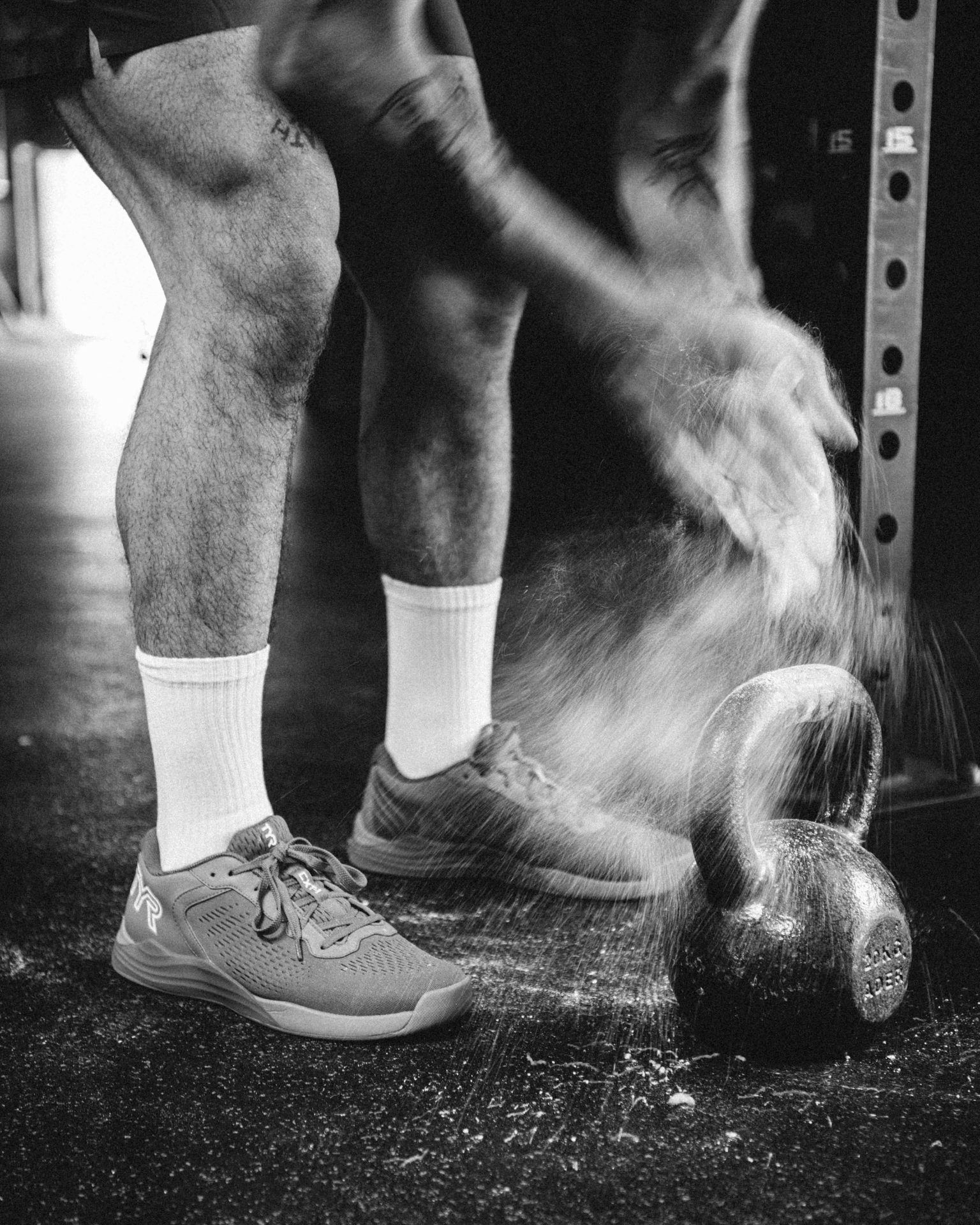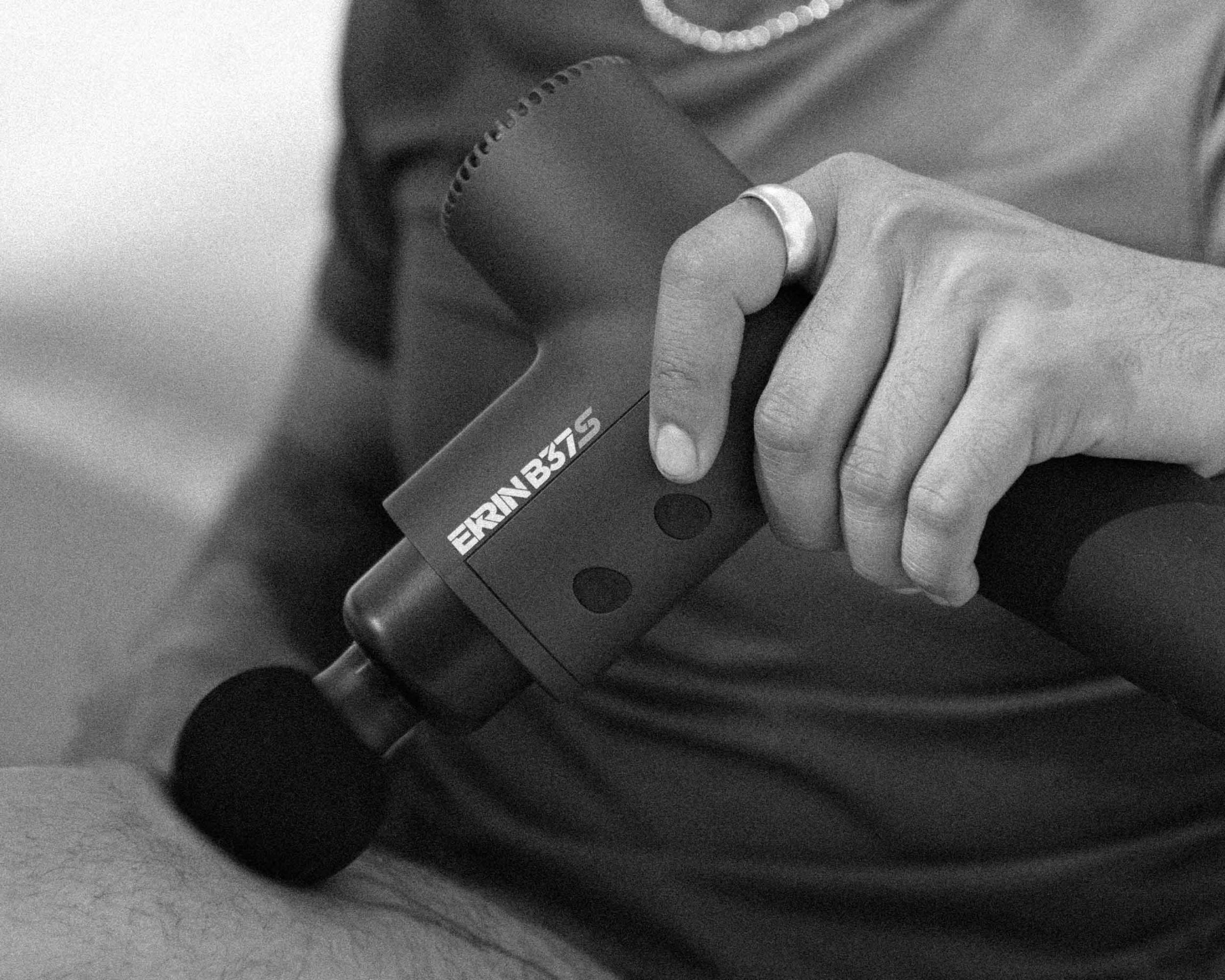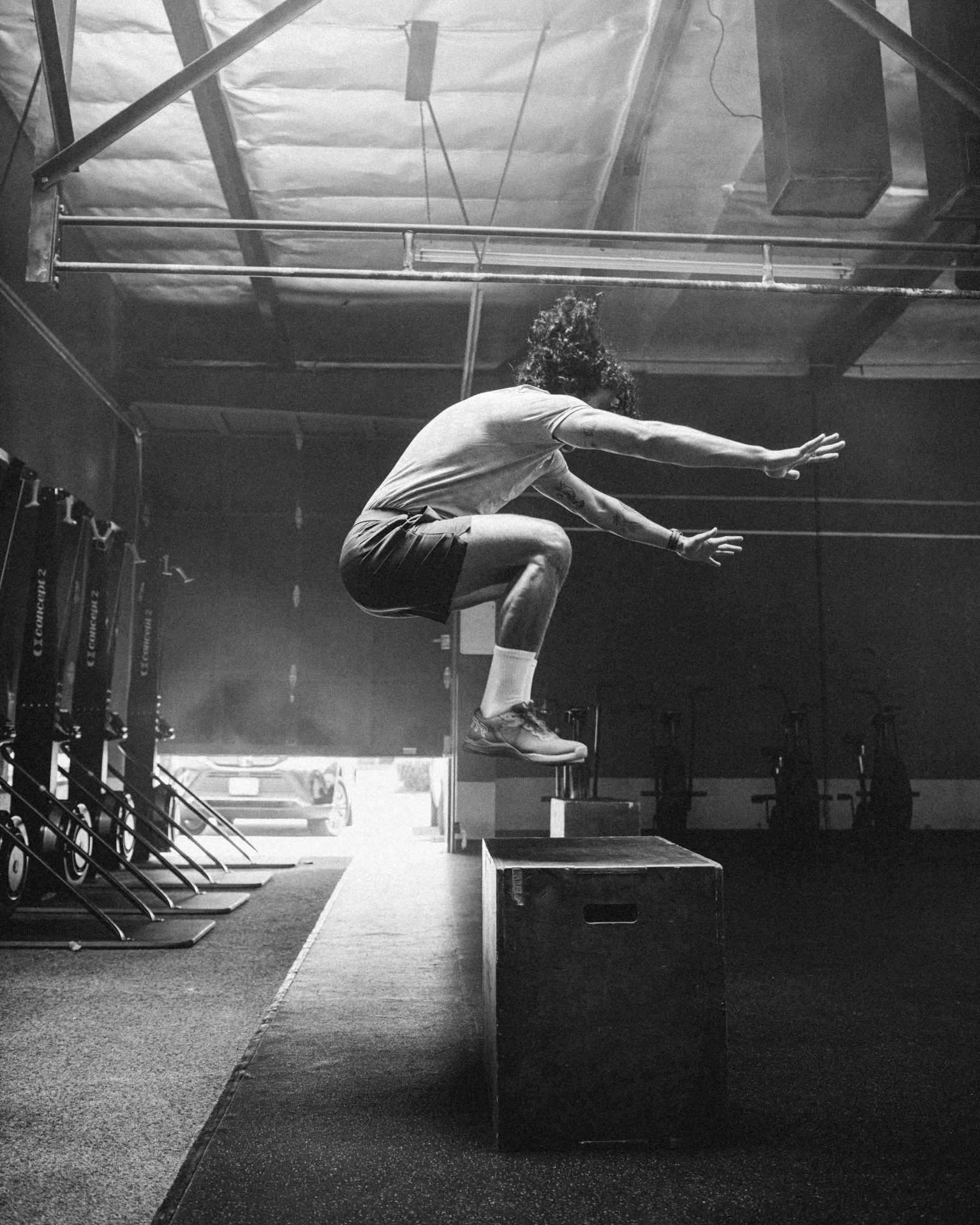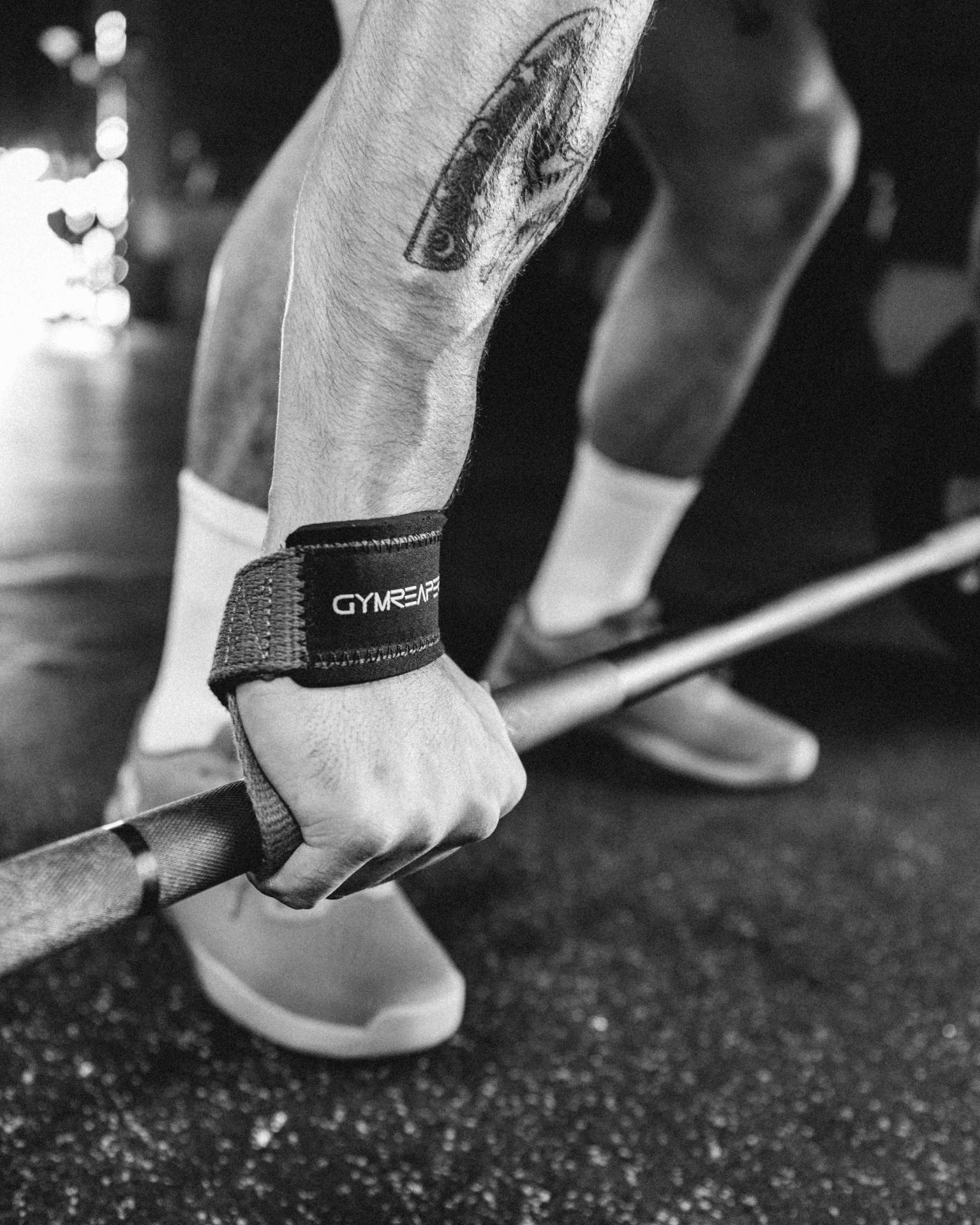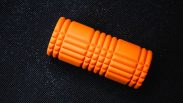RPE
Short for rate of perceived exertion. This training tool places emphasis on how intense you perceive an exercise to be, rather than programming your workouts based on percentages and one-rep maxes.
RPE Training can help you reimagine your fitness routine without the need of knowing your PRs. Instead, you can listen to your body to create a worthwhile training session without the need or requirement of moving a preconceived total.
Set
A training term referring to a prescribed number of repetitions. Most training routines will call for an exercise to be completed in X amount of reps for X amount of sets.
Spot
An individual that overlooks your exercise to ensure maximum safety. Most common in strength training, a spotter helps defend your body against your training, in essence.
Supplements
Nutritional additives that can potentially boost your dieting potential. These products are designed to add nutrients that you’re unable to attain through normal food consumption.
Sumo
A style of deadlifting where your feet are wider apart and your hands are inside your knees. The sumo deadlift can be helpful for those with shorter arms, and can be advantageous for targeting the quadriceps, glutes, hamstrings and other muscles in your posterior chain.
Tabata
A training method developed by Dr. Izumi Tabata where you perform an exercise at maximum intensity for 20 seconds, immediately followed by a recovery period of 10 seconds.
Vascularity
A body condition, most exhibited in bodybuilding, where you have many highly visible, prominent veins as a result of lessened body fat.
Volume
A general term referring to the quantity of work performed in a gym.
Work In
Slang for interjecting in another individual’s workout routine. Rather than waiting for the bench or machine to open, you can “work in” for time efficiency so that two individuals can train and recover at an appropriate rate.
